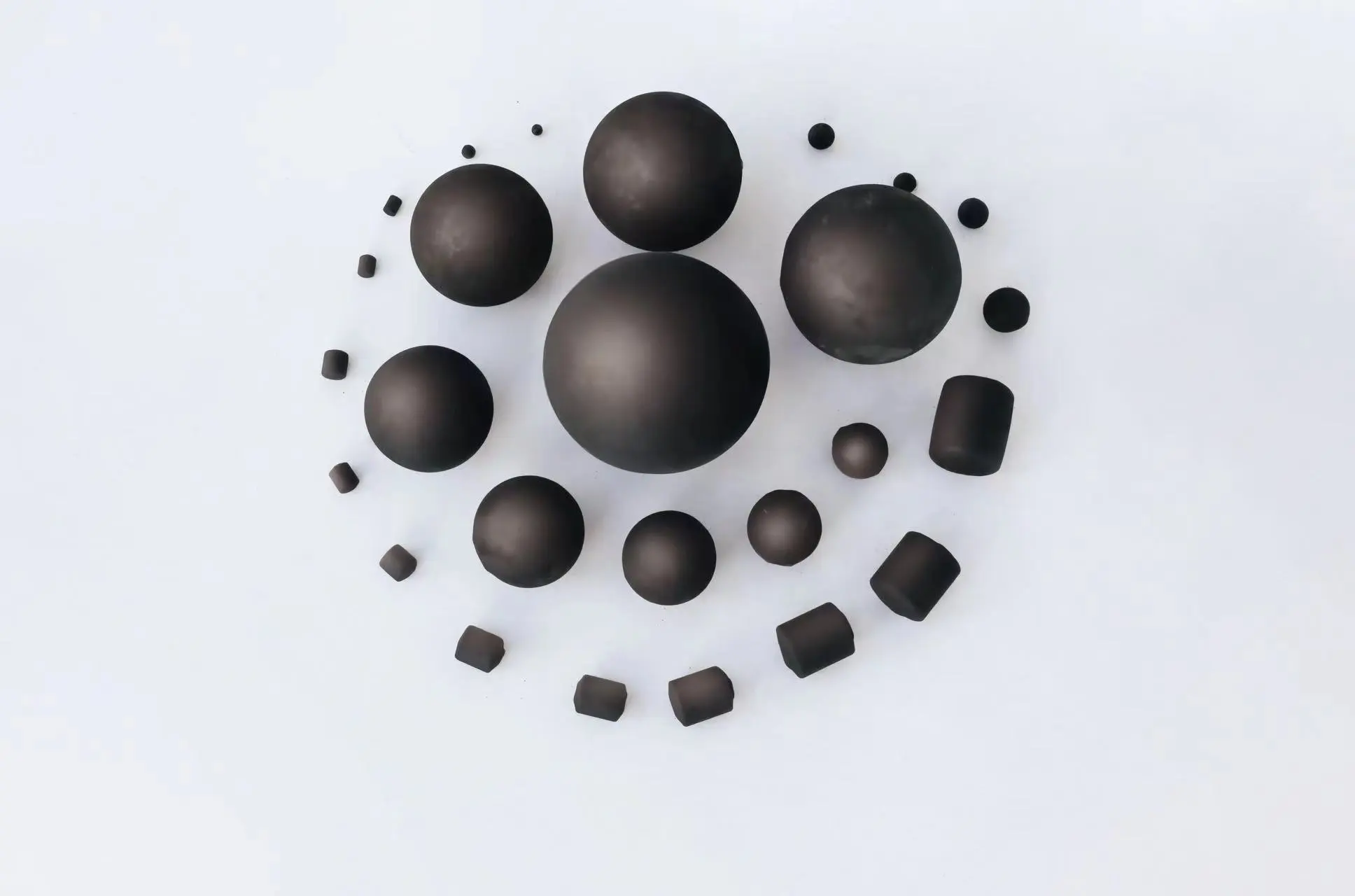Advancements in Material Science: Revolutionizing Grinding Media Composition
The quest for superior grinding media has led to groundbreaking developments in material science. Researchers and manufacturers are exploring novel alloys and composite materials that promise enhanced durability and performance. These advancements are not merely incremental; they represent a paradigm shift in how we approach the design and production of it.
One of the most promising areas of research involves the development of nano-structured materials. These innovative compounds exhibit exceptional hardness and wear resistance, potentially extending the lifespan of grinding media significantly. By incorporating nanoparticles into traditional alloys, scientists have created hybrid materials that combine the best properties of multiple components.
Another exciting avenue is the exploration of ceramic-based it. While ceramics have been used in specialized applications for years, recent breakthroughs in manufacturing techniques have made it possible to produce ceramic grinding balls with unprecedented strength and toughness. These ceramic alternatives offer several advantages over conventional metal-based media, including reduced contamination in certain processes and improved energy efficiency.
Ongoing headways in material science have essentially changed the structure of crushing media, upgrading their presentation and life span. Manufacturers are able to produce grinding media that is resistant to greater wear and impact through the creation of novel alloys and composite materials. By extending the media's lifespan, these innovations not only boost grinding efficiency but also cut costs over time. As ventures keep on looking for improved arrangements, these logical leap forwards assume a pivotal part in upgrading crushing cycles.
Eco-friendly Innovations: Sustainable Grinding Media Solutions
As industries worldwide strive to reduce their environmental footprint, the grinding media sector is no exception. Sustainable solutions are emerging as a key focus area, with manufacturers investing heavily in research and development to create eco-friendly alternatives.
One of the most notable trends is the shift towards recyclable grinding media. By designing products that can be easily reclaimed and reprocessed at the end of their lifecycle, companies are significantly reducing waste and conserving valuable resources. This circular economy approach not only benefits the environment but also offers potential cost savings for end-users.
Biodegradable it is another innovative concept gaining traction. While still in the early stages of development, these materials show promise for applications where environmental impact is a primary concern. Derived from renewable resources, biodegradable grinding media could revolutionize industries such as mineral processing in ecologically sensitive areas.
Energy efficiency is also a crucial aspect of sustainability in grinding operations. Advanced coating technologies are being applied to traditional product to reduce friction and energy consumption during the grinding process. These coatings not only improve efficiency but can also extend the lifespan of the grinding media, further enhancing their sustainability profile.
Green the product solutions have emerged as a result of the push for sustainability in industrial practices. To reduce their impact on the environment, manufacturers are increasingly utilizing biodegradable components and recycled materials. These feasible choices line up with worldwide ecological objectives as well as keep up with superior execution principles in crushing applications. By taking on such inventive practices, organizations can add to a greener future while guaranteeing that their crushing media fulfills the needs of productivity and viability.
Smart Grinding: The Integration of Technology and Grinding Media
The future of grinding media is inextricably linked to the broader trend of industry 4.0 and smart manufacturing. As industrial processes become increasingly digitized and interconnected, it is evolving to become an integral part of this technological ecosystem.
Sensor-embedded grinding media represents a revolutionary leap forward in process monitoring and optimization. By incorporating miniature sensors into individual grinding balls, operators can gather real-time data on temperature, pressure, and wear rates within the mill. This wealth of information enables unprecedented levels of process control and predictive maintenance, potentially transforming the efficiency and reliability of grinding operations.
Artificial intelligence and machine learning algorithms are being developed to analyze the vast amounts of data generated by these smart grinding systems. These advanced analytics tools can identify patterns and anomalies that might escape human operators, leading to continuous improvements in grinding efficiency and product quality.
Furthermore, the integration of the product into the Internet of Things (IoT) framework allows for remote monitoring and control of grinding processes. This capability is particularly valuable for operations in remote or hazardous environments, enabling expert oversight and intervention without the need for on-site presence.
As we look to the future, it's clear that grinding media will continue to evolve, driven by the dual imperatives of performance enhancement and sustainability. The innovations discussed here represent just the beginning of what promises to be a transformative era for industrial grinding processes.
The combination of innovation into crushing media processes is introducing another period of shrewd crushing. Using information examination, IoT gadgets, and mechanized frameworks, makers can screen and advance the presentation of crushing media continuously. This mechanical collaboration takes into consideration exact changes that improve productivity and lessen squander. As enterprises embrace savvy arrangements, the job of cutting edge crushing media develops, making tasks more responsive, useful, and lined up with present day requests for productivity and manageability.
Conclusion
From advanced materials that push the boundaries of durability to eco-friendly solutions that align with global sustainability goals, the future of grinding media is bright and full of potential. As these technologies mature and find their way into widespread industrial application, we can expect to see significant improvements in efficiency, cost-effectiveness, and environmental impact across a wide range of industries.
For those interested in staying at the forefront of these exciting developments in grinding media technology, continued engagement with industry leaders and innovative manufacturers is essential. To learn more about cutting-edge grinding solutions and how they can benefit your specific industrial applications, don't hesitate to reach out to experts in the field. For inquiries and further information, contact us at sunnyqin@nhgrindingmedia.com.









